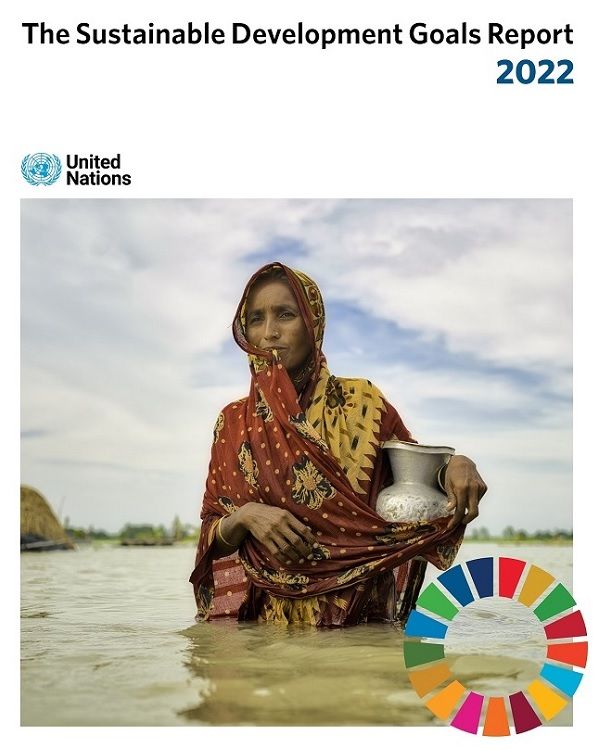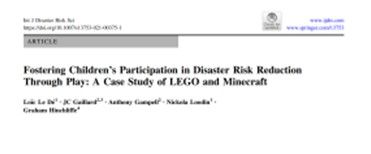You are here
COVID-19 and Flu- Double Viral Impacts in Winter
COVID-19 and Flu- Double Viral Impacts in Winter
[本文只供英語版本]
[本文只供英語版本]
7 November, 2020
It seems that COVID-19 will be more active in winter as seen by the increasing incidence in many countries in northern hemisphere. Unfortunately, seasonal influenza typically shows a spike from November to March in the Northern Hemisphere and from June to August in the Southern Hemisphere, coinciding with cold weather conditions. Therefore, we may face double troubles in winter times. That’s why we need to understand more about the behaviours of these two types of viruses. The World Health Organization (WHO) has issued warning on the co-circulation of influenza and COVID-19. Both of them cause respiratory disease and that could place an additional burden on vulnerable populations and healthcare systems that are already stretched because of the COVID-19 pandemic.

Photo Source: South China Morning Post (scmp.com)
There are concerns about the overlap of the flu season with the COVID-19 pandemic, coupled with the similarities of the two viruses. Firstly, COVID-19 and influenza have a similar disease presentation. They both cause respiratory disease, which presents as a wide range of illness from asymptomatic or mild through to severe disease and death. Secondly, both are transmitted by droplets spread through direct or close contact with an infected person, and indirect contact with contaminated surfaces, also known as fomite transmission.
The consequence of COVID-19 infection is more serious than seasonal flu, and therefore, it is important to understand more about their differences:
1. Both types of viruses can produce similar symptoms like fever, cough, headache, running nose, sore throat, fatigue, muscle and bone pain, diarrhea and even shortness of breath. However, in addition to the above-named symptoms, COVID-19 can affect taste, smell and produce inflammatory rash on the skin.
2. Both types of viruses can produce similar complications like sepsis, respiratory failure, lung fibrosis, heart inflammation, worsening of existing chronic diseases like diabetes and even multi-organs failures. COVID-19 can produce blood clot in veins and arteries of lung, heart, legs and brain. Moreover, it can cause a condition known as Multisystem Inflammatory Syndrome in Children (MIS-C). It is a condition where different body parts can become inflamed, including the heart, lungs, kidneys, brain, skin, eyes, or gastrointestinal organs. We do not yet know what cause MIS-C. MIS-C can be serious or even cause death. For COVID-19, existing data suggest that 80% of infections are mild or asymptomatic, 15% are severe infection, requiring oxygen and 5% are critical infections, requiring ventilation. These fractions of severe and critical infection would be higher than what is observed in influenza infection. The mortality rate of COVID-19 is about 3-4%, but it is less than 0.1% for flu. Therefore, we can see that COVID-19 is more hazardous than seasonal flu.
3. The epidemiology of flu and COVID-19 is different. The usual incubation period (the time from infection to appearance of symptoms) is about 3 days for flu and 5-6 days for COVID-19. However, the incubation period of COVID-19 can range from 2-14 days. The pre-symptomatic transmission (shedding of the virus before the appearance of symptoms) is a major driver of transmission for flu. In contrast, COVID-19 virus can shed virus 24-48 hours prior to symptom onset. At present, this does not appear to be a major driver of transmission. The infectivity of COVID-19 (Ro) is about 2-2.5, that means one patient can infect 2-3 people, which is higher than flu. However, the estimation for both COVID-19 and influenza viruses are very context-specific and time-specific, making direct comparisons more difficult. It appears that COVID-19 can produce more super-spreaders than flu. Therefore, we can see that the infectivity of COVID-19 is higher, but the transmission time is faster in flu.
4. COVID-19 virus attacks more adult than children but the condition is reverse in flu. In flu, the usual target patients are children, pregnant ladies, elderly, patients with chronic diseases (like diabetes and heart and lung diseases) and immune-compromised patients. The target groups of COVID-19 are the elderly and patients with chronic diseases.
5. The treatment of flu is simple and straight forward: the use of approved anti-viral drugs and flu-vaccine. There are multiple licensed influenza vaccines produced annually to protect against the 3 or 4 flu viruses that scientists predict will circulate each year.
6. There is no definite and internationally recognized and agreed treatment of COVID-19 at the moment. Various drugs including herbal medicines are used in different countries and the results are quite different. National Institute of Health (NIH) suggests a simple pharmacological protocol which may be useful for medical staff:
| Patient Condition | Suggested Treatment |
|
Not Hospitalized or Hospitalized but does not require supplemental oxygen |
No pharmacological treatment Not recommend Dexamethasone (AI)* |
| Hospitalized and require supplemental oxygen |
Remdesivir (AI)* or Dexamethasone If cannot take Remdesivir (BIII)* or Remdesivir + Dexamethasone (BIII)* |
| Hospitalized and require high flow rate oxygen delivery or non-invasive ventilation |
Dexamethasone + Remdesivir (AIII)* Dexamethasone (AI)* |
| Hospitalized and require invasive mechanical ventilation or ECMO(External heart-lung machine) |
Dexamethasone (AI)* Dexamethasone + Remdesivir (CIII)* |
*(A=strong evidence, B=Moderate, C=Optional)
*(I=High level evidence, II-Moderate level, III-Low level)
7. The vaccine for COVID-19 is under development. Readers can refer to our previous blog for vaccine development. Since we cannot check COVID-19 virus by clinical examination, the only method is to conduct a laboratory test as soon as possible. People should follow local health guidelines, monitor their symptoms and seek medical care in case of severe illness. Social distancing is very important to reduce the spread of COVID-19 virus. As the world is facing COVID-19 pandemic, the healthcare system is under great pressure. Taking flu vaccine can ease the burden of our healthcare system.
Dr. Jimmy Chan,
President of HK Association for Conflict and Catastrophe Medicine.
FHKAM(Surgery), FHKAM (Emergency Medicine)
Regional Director (HK), Advanced HazMat Life Support International, USA.
References:
1. Coronavirus disease (COVID-19): Similarities and differences with influenza, World Health Organization, 17 March 2020
2. Similarities and Differences between Flu and COVID-19, Centers for Disease Control ad Prevention
3. Guideline on COVID-19 Treatment, National Institutes of Health, 18 November 2020
4. Therapeutic Management of Patients with COVID-19, National Institutes of Health, 9 October 2020
5. Olsen SJ, Azziz-Baumgartner E, Budd AP, et al. Decreased Influenza Activity During the COVID-19 Pandemic — United States, Australia, Chile, and South Africa, 2020. MMWR Morb Mortal Wkly Rep 2020;69:1305–1309. DOI: http://dx.doi.org/10.15585/mmwr.mm6937a6
6. Double threat of COVID-19 and influenza, The Lancet Respiratory Medicine, 22 October 2020
7. Double virus trouble: When COVID-19 meets the flu season, Al Jazeera, 7 October 2020








